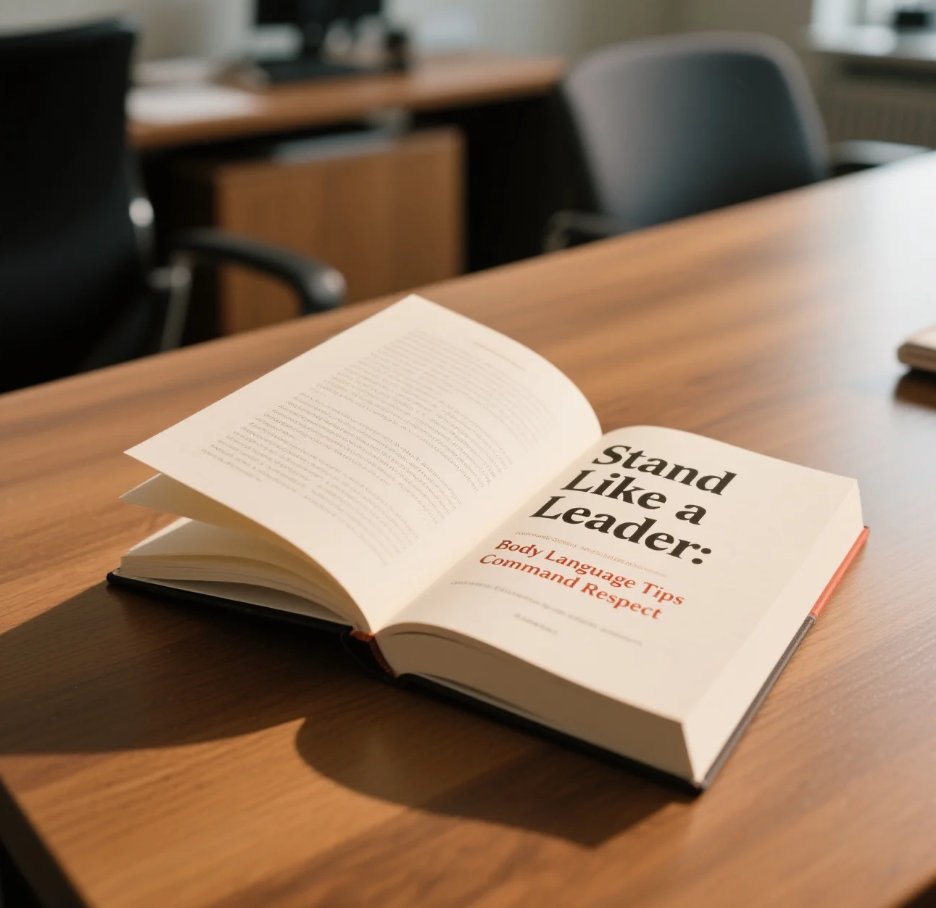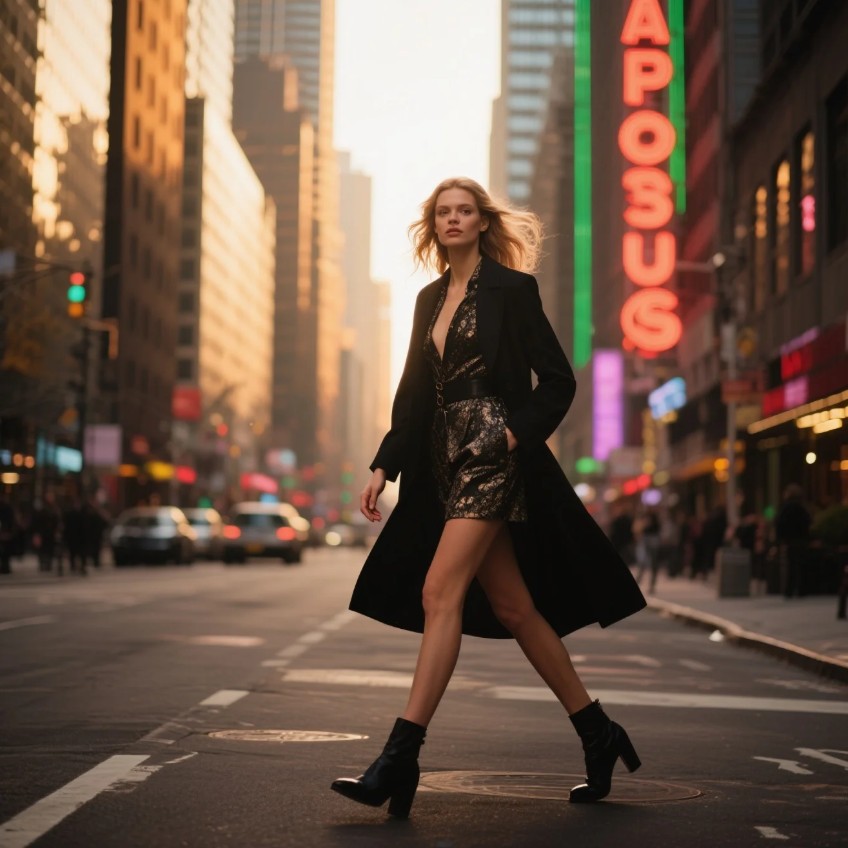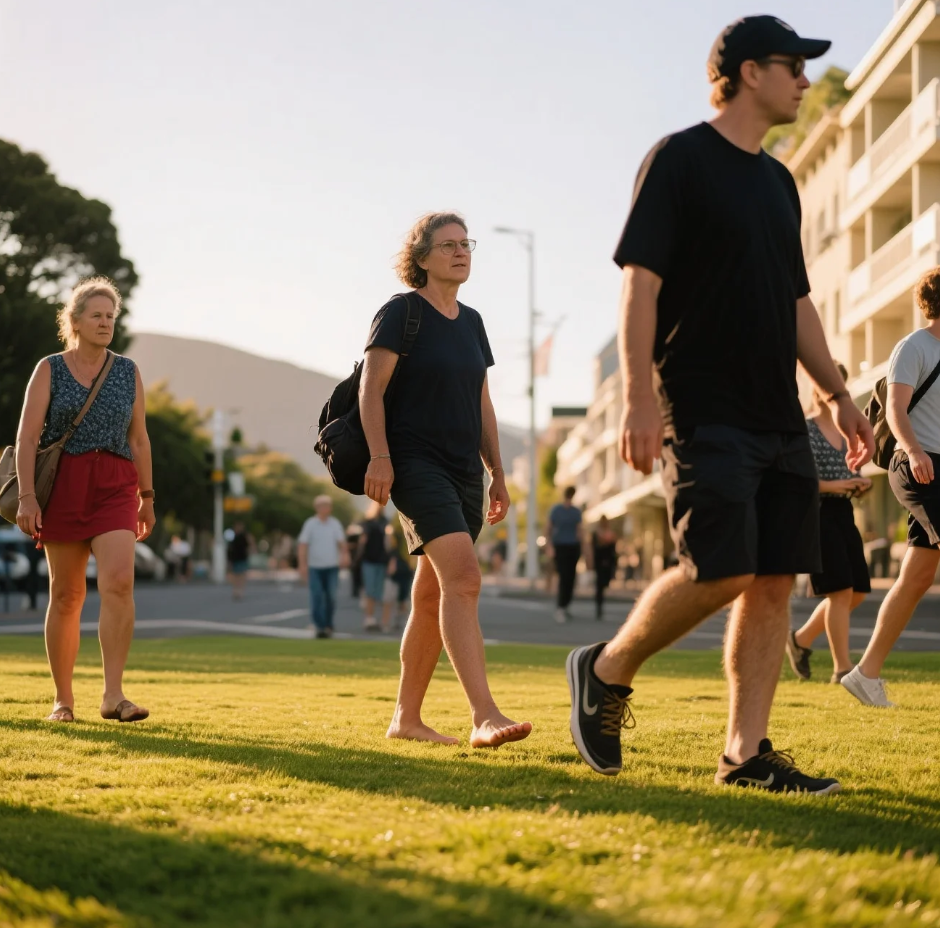
(Because It’s Not Just What You Say—It’s How You Stand While Saying It) 💼🧍♂️🧍♀️
👑 Introduction: Why Your Posture Might Be Louder Than Your Voice
Ever walked into a room and everyone turned to look? No words spoken, yet somehow, they sensed it—you’re someone to pay attention to.
That’s the power of leader-like body language. 🧠
On the flip side, maybe you’ve had moments where you spoke up, made sense, but no one listened. You felt invisible. Guess what? It wasn’t your voice—it was your non-verbal presence (or lack thereof).
If you’ve ever wondered how politicians, CEOs, and toddlers demanding cookies all manage to command respect without a single word, you’re in the right place.
Let’s decode the body language that screams “I’m in charge” without sounding like a jerk. ✨
🏗️ Part I: The Foundation—Posture That Projects Power
🔲 The Power Pose
Enter the infamous Power Pose, popularized by social psychologist Amy Cuddy. Think:
- Feet shoulder-width apart
- Hands on hips (a.k.a. the “Wonder Woman” stance)
- Chin up, chest open, spine long
Why it works:
- Expands your body = signals confidence
- Exposes your torso = shows vulnerability and security
- Subconsciously signals you’re claiming space
🧪 Fun fact: Holding a power pose for just 2 minutes can reduce cortisol (stress hormone) and increase testosterone (dominance hormone).
🚫 What Not to Do:
- Slouching: It shouts “I’m tired, insecure, or uninterested.”
- Shrinking: Hunched shoulders or crossed legs say, “Please ignore me.”
- Tilting your head too much: May seem submissive or unsure.
🔍 TL;DR: Stand tall. Be open. Occupy your space like you earned it.
💬 Part II: Gestures That Speak Louder Than Words
✋ Open Gestures = Open Mind
Open palms, relaxed shoulders, and measured hand movements signal:
- Honesty
- Confidence
- Willingness to engage
This is why politicians overuse hand gestures—because they work.
🧱 Grounded Movements
Avoid fidgeting or jittery hands. Fast, nervous gestures signal anxiety or insecurity.
Instead:
- Use deliberate gestures to emphasize key points
- Let your hands rest naturally when not speaking
- Avoid pointing aggressively—unless you’re directing traffic or commanding an army
🤏 The Precision Grip
When explaining something complex, try the “precision pinch” (thumb and index finger almost touching). It’s like telling people:
“I have just the right amount of genius to share.” 🧠✨
👁️ Part III: Eye Contact—The Subtle Power Flex
🔒 Eye Contact = Mental Lock-In
Sustained, comfortable eye contact communicates:
- Trustworthiness
- Leadership
- Competence
But there’s a fine line between confident and creepy. Here’s the formula:
📏 The 60/40 Rule:
- Maintain eye contact 60% of the time when listening
- Maintain it 40% when speaking
This makes you appear engaged but not overbearing.
🧊 Warning: Avoid These
- Constant staring = Intimidating or aggressive
- Looking down = Submissive or disengaged
- Darting eyes = Nervous or untrustworthy
👀 Bonus tip: When addressing a group, rotate eye contact among people—like a social lighthouse.

🧍♂️ Part IV: How You Stand Tells a Story
🦵 The “Leadership Triangle” Stance
- Feet shoulder-width apart
- Knees slightly bent (don’t lock them like you’re in a school play)
- Weight evenly distributed
This gives you grounded presence and prevents nervous swaying.
📦 The Invisible Box
Pretend you’re standing inside a sturdy box. You don’t leave this box unless making a strong gesture or point.
Pacing = fine.
Fidgety hopping = not fine.
💡 Want to exude calm authority? Stillness is powerful.
🤷♀️ Part V: Facial Expressions—Command Respect Without Saying a Word
😐 The Resting Boss Face
Neutral—not blank, not overly expressive.
- Slight smile when appropriate
- Eyebrows relaxed, not raised like you’ve seen a ghost
- Avoid frowns or eye-rolls unless you’re running for “Most Sarcastic Leader 2025”
Your face should say:
“I’m confident, listening, and not about to freak out.”
🎭 The “Empathy Mirror”
People trust leaders who mirror emotions empathetically. Nod when others talk. Look concerned when appropriate. Your face = emotional translator.
🧠 Part VI: The Psychology Behind Respectful Dominance
💥 Why Body Language Works
Your brain responds to non-verbal cues before words even register. A strong presence activates neural pathways linked to trust, authority, and familiarity.
🧬 Evolution Says So
From silverback gorillas to office managers, posture = power. The one who stands tallest, stays calmest, and takes up space without apology is usually seen as the leader.
This is deep, primal wiring. Your posture is your resume—before you speak a word.
🌍 Part VII: Context Matters – Tailoring Your Body Language
📍In the Boardroom
- Keep movements measured and grounded
- Use open gestures to invite collaboration
- Stay still when listening—move with intention when speaking
🧑🏫 In Teaching or Training
- Walk slowly with purpose
- Use eye contact to manage group attention
- Arms open = “I’m here to help,” not “I’m about to test you”
❤️ In Relationships
- Open posture and eye contact foster trust
- Avoid dominating or “towering” postures
- Leader energy = confidence, not control
🔧 Bonus Section: Fixing Bad Habits – From Slouch to Standout
| Habit | What It Says | Fix It With |
|---|---|---|
| Hunched Shoulders | Insecurity, stress | Shoulder rolls + core strengthening |
| Crossing Arms Constantly | Defensiveness, closed off | Hand in pocket or steeple gesture |
| Looking Down When Talking | Submission, nervousness | Practice upward chin alignment |
| Fidgeting with Objects | Anxiety, lack of control | Anchor hands gently on desk/lap |

Quick Drill: 30-Second Confidence Reset
- Stand up, feet shoulder-width apart
- Roll shoulders back
- Lift chin slightly
- Breathe deeply and smile faintly
- Hold for 2 minutes
You’ll feel silly. Then suddenly powerful. Like a CEO with a yoga degree.
🏁 Final Thoughts: You Don’t Need to Be Loud to Be Heard
Commanding respect doesn’t mean taking over. It means showing up—present, composed, grounded—and letting your posture speak volumes before your mouth ever does.
So the next time you’re walking into a room, giving a presentation, or even arguing over which pizza to order, stand like a leader.
Because confidence isn’t just felt.
It’s seen. 😎
🧠 TL;DR – Your Leadership Body Language Cheat Sheet
| Body Language Element | Respectful Leadership Version |
|---|---|
| Posture | Tall, open, relaxed |
| Gestures | Slow, deliberate, expressive |
| Eye Contact | Balanced, warm, intentional |
| Facial Expression | Neutral to engaged, emotionally tuned |
| Movement | Grounded, controlled, purposeful |









































